Beginning as a modest fur and leather shop in the heart of Rome, maturing into a towering icon of global luxury, Fendi’s evolution is a testament to Italian craftsmanship and avant-garde fashion. Founded in 1925 by Adele and Edoardo Fendi, the brand initially captivated a local clientele with its exquisite artisanal products. However, it wasn’t long before Fendi expanded beyond its humble beginnings, under the aegis of the founding couple and later their five daughters, to become a staple on the international fashion scene.
The arrival of Karl Lagerfeld in 1965 marked a pivotal moment for Fendi, introducing a groundbreaking creative partnership that would span over five decades. Lagerfeld’s ingenuity transformed the brand, most notably through the creation of the iconic double ‘F’ logo—originally standing for ‘Fun Fur’. This emblem catapulted Fendi to new heights of popularity and became synonymous with luxury, innovation, and the daring spirit of the times. Under Lagerfeld’s direction, Fendi expanded its influence with ready-to-wear collections that blended traditional craftsmanship with bold stylistic directions, appealing to a glamorous and cosmopolitan audience.
Today, Fendi continues to thrive under the stewardship of LVMH, merging classic luxury with contemporary sensibilities. The brand’s commitment to innovation is evident in its adaptive designs and strategic artistic collaborations that resonate with modern trends. Fendi’s legacy is carried forward by the third and fourth generations of the Fendi family, with Silvia Venturini Fendi and Delfina Delettrez at the helm of accessories and jewelry design, respectively, while Kim Jones, as of 2020, steers the couture and womenswear collections into new territories. Each chapter in Fendi’s history not only reflects a continual reinvention of style but also a deeper dedication to celebrating luxury fashion as both art and a timeless investment.
Incredible Y2K ‘Fan Di Fendi’ Commercial
How to tell if Fendi is vintage from the logo
Fendi, an iconic brand known for its distinctive luxury fashion, has undergone several transformations in its logo design over the decades. These changes not only reflect the evolving aesthetic of the brand but also help in identifying the age of Fendi products. Here’s how you can tell if a Fendi item is vintage by examining its logo.
1925 to 1965 Fendi logo
- This period features the original Fendi logo which included a detailed illustration of a squirrel. This design aimed to emphasize the brand’s connection with nature and luxury.
- The logo was often used in a simplistic stamp-like form on leather goods, giving a classic and elegant appearance to the products.
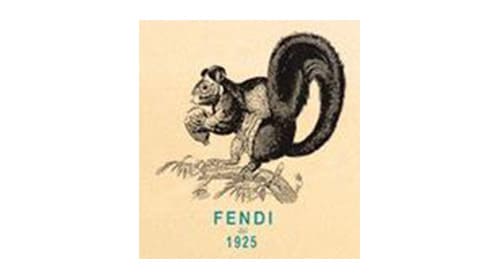
1925 to 1965 Fendi logo
1965 to 2000 Fendi logo
- In this era, Fendi introduced a more modern and streamlined version of their logo, prominently featuring the double ‘F’ motif known as “Zucca.
- This logo became synonymous with luxury and was prominently displayed on bags, clothing, and accessories.
- The use of bold and straightforward fonts became a signature style for Fendi during these years.
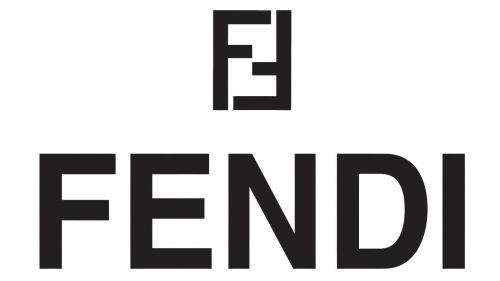
2000 to 2013 Fendi logo
- During this period, the logo was further simplified and modernized to cater to contemporary tastes, focusing on clarity and visibility.
- The ‘Fendi’ text was kept minimalistic, often used in conjunction with the ‘Zucca’ emblem, but the emphasis was on cleaner, more geometric lines.

2000 to 2013 Fendi logo
2013 to now Fendi logo
- The most recent logo iteration features a sleek, modern design with sharp fonts and a focus on symmetry.
- The emblem has been minimized in some contexts to emphasize the Fendi name itself, adapting to modern branding practices that favor minimalism and versatility across digital and physical mediums.

2013 to now Fendi logo
How to tell if Fendi is vintage from the tags
Identifying vintage Fendi pieces through their tags involves noting variations in logo design, tag shape, and material over the decades. Here’s how to distinguish between different eras based on the characteristic features of Fendi tags.
Need help with vintage tags or labels? Upload a picture on our vintage tag identification page, and we’ll assist you!
1980s vintage Fendi tags
- Tags often feature a simple “FENDI” or “FENDI Roma” logo with minimal additional text.
- Commonly black with gold or white lettering.
- Materials are typically high-quality, thick fabric labels.
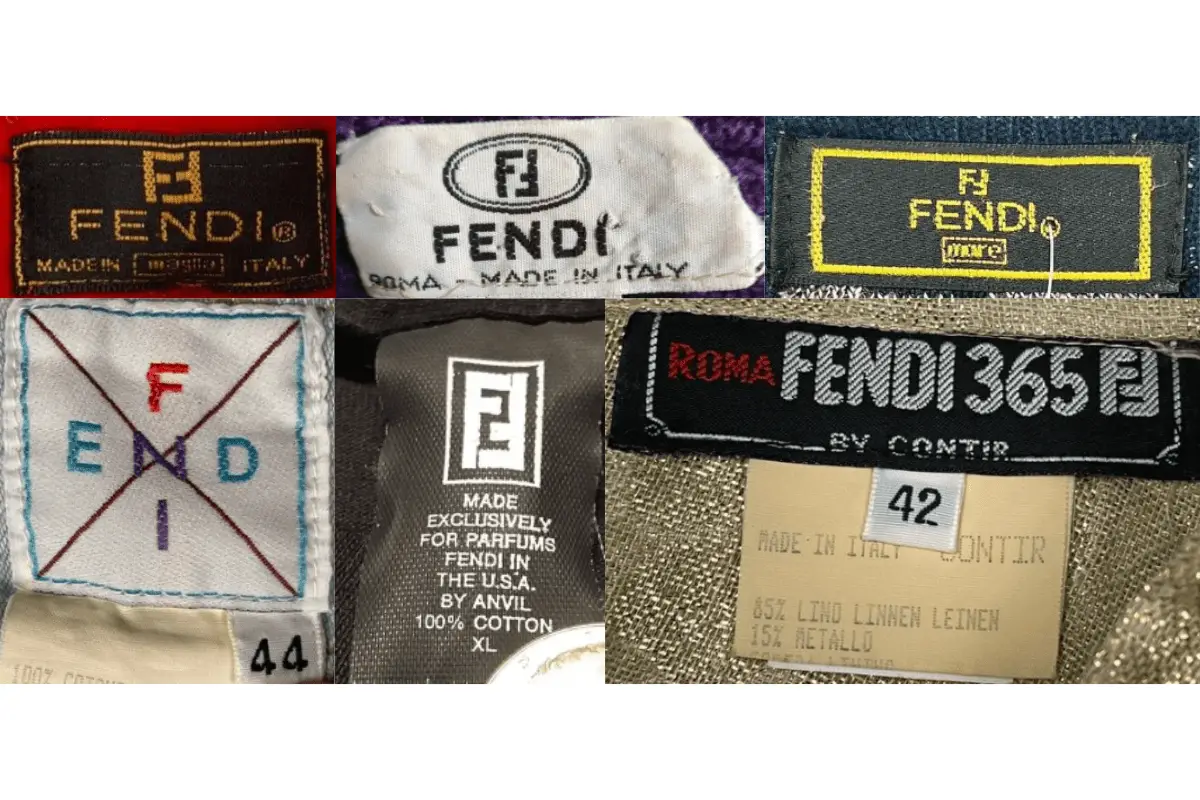
1980s Fendi tags
1990s vintage Fendi tags
- Introduction of more colorful tags, sometimes incorporating the iconic “FF” logo.
- Tags may include additional details like size and country of manufacture in a more prominent display.
- Occasionally, tags from this era show a transition to more modern typography and designs.
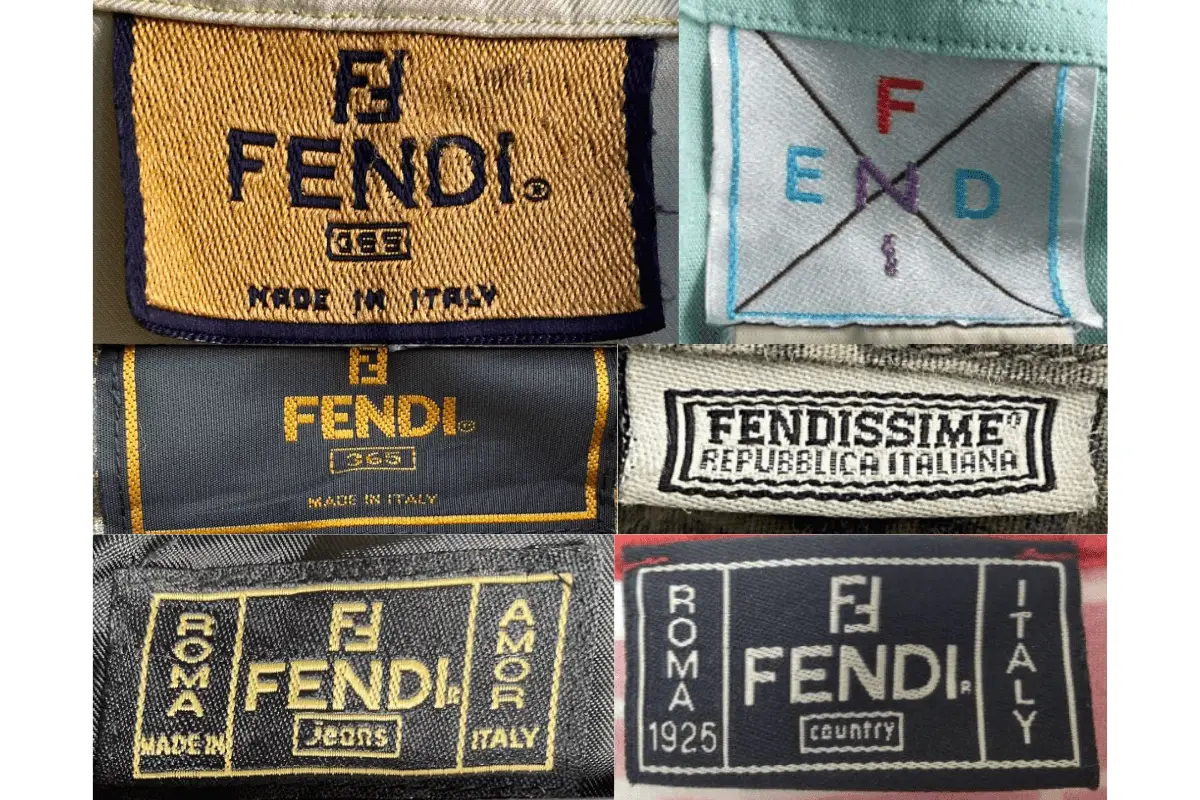
1990s Fendi tags
2000s vintage Fendi tags
- Tags become more standardized with consistent use of the “Fendi Roma” logo across most product lines.
- Use of both woven and printed labels, depending on the item type.
- Integration of care instructions and fabric compositions in multiple languages.
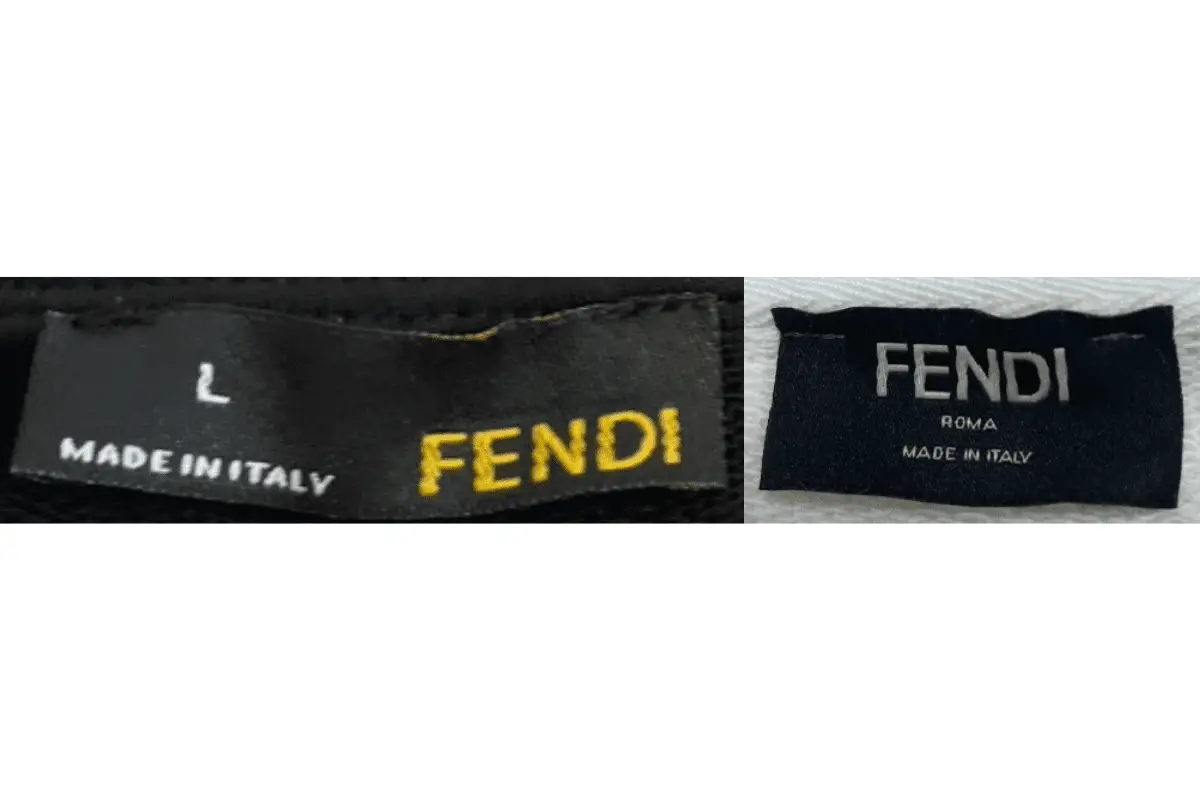
2000s Fendi tags
2010s vintage Fendi tags
- Modern tags with clearer, more refined typography and layout.
- Introduction of holographic elements and microtext to prevent counterfeiting.
- Frequent use of both black and white background tags, often with detailed product and brand information.
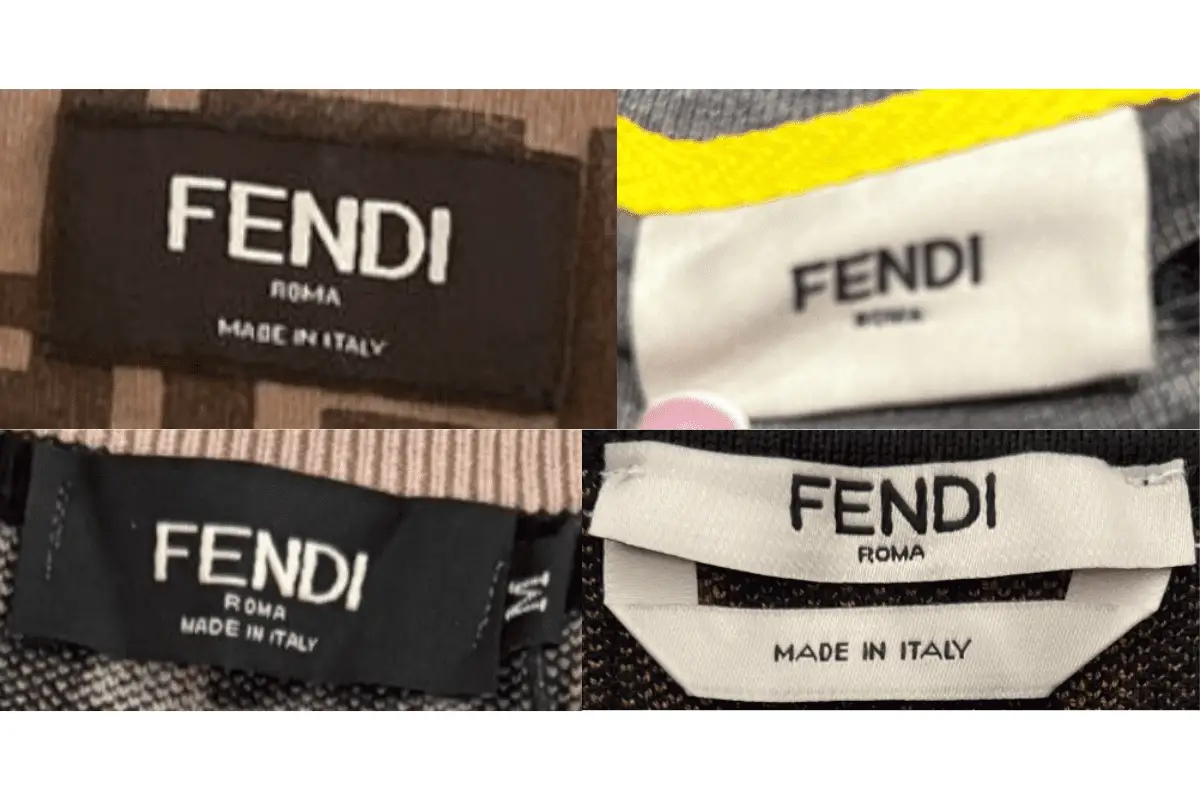
2010s Fendi tags
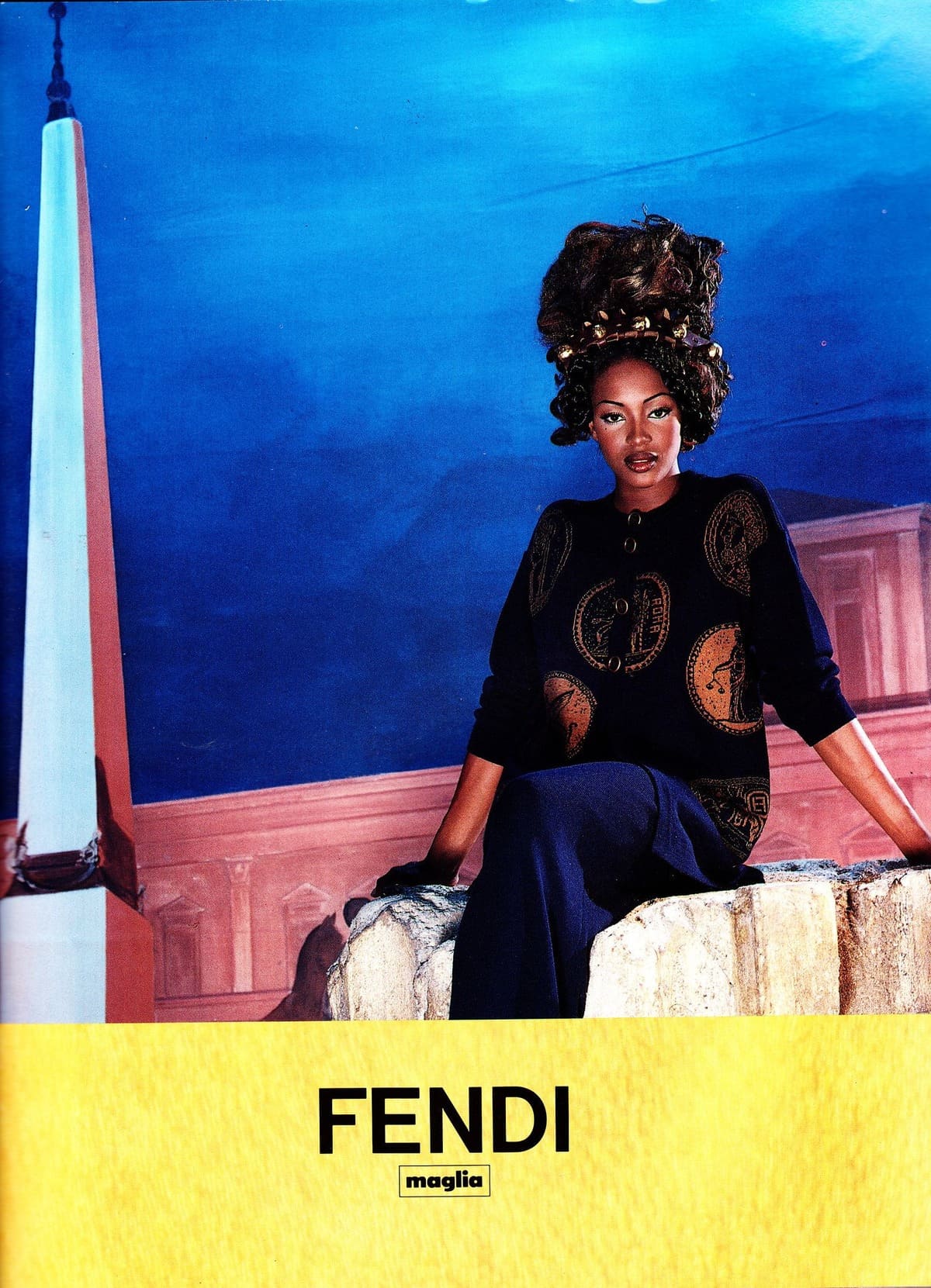




Sweet blog! I found it while browsing on Yahoo News.
Do you have any suggestions on how to get listed in Yahoo News?
I’ve been trying for a while but I never seem to get there!
Thanks